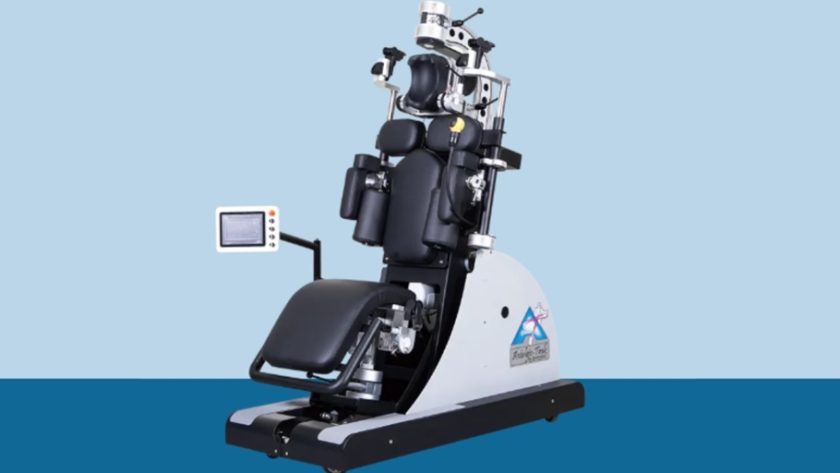Spinal health is a key focus for many clinical practices, and modern advancements in technology have made treatment more effective than ever. One such breakthrough is the spinal decompression machine, a tool that has transformed the way healthcare providers address spinal issues. These machines offer precision, enhanced safety, and better patient outcomes, providing a significant edge in professional settings. By incorporating such devices, clinics can improve their ability to treat patients suffering from chronic back pain and spinal discomfort.
Enhanced Precision and Customization
Modern spinal decompression machines are designed with advanced technology to deliver highly precise treatments. Unlike traditional methods, these machines allow practitioners to create personalized protocols tailored to a patient’s specific spinal condition. Algorithms guide the machine, ensuring consistent application of pressure along the spine while avoiding unnecessary strain on surrounding tissues. This level of customization is especially valuable for conditions such as herniated discs, sciatica, or degenerative disc disease. By adapting treatments to unique patient needs, clinicians can achieve faster recovery times and greater overall satisfaction.
Streamlined Staff Training
To maximize the benefits of these technologies, staff must be fully equipped with the right skills and expertise. Effective use of such tools often hinges on how well-trained the clinical team is in operating them. Clinics can gain more insight into how to train staff for the optimal use of spinal decompression machines, which ensures that the equipment is handled safely and consistently during treatment. Proper education allows staff to deliver treatments confidently, improving both patient outcomes and the clinic’s operational efficiency.
Improved Patient Comfort and Safety
One of the standout qualities of modern spinal decompression machines is the emphasis on patient comfort and safety.
These devices are designed to reduce the stress and fear that some patients associate with medical treatments. They provide a non-invasive solution to ailments that might otherwise require more intensive interventions, such as surgery. The use of ergonomic designs and automated features ensures a smoother experience for patients while giving clinicians the ability to monitor progress in real time. For many patients, this modern approach is far less daunting than traditional traction techniques, giving them the confidence to follow through with their therapy plan.
Backing It Up with Evidence
The effectiveness of spinal decompression is supported by research into its physiological effects. Studies exploring the science behind spinal decompression and its effects on the spine reveal how this method effectively relieves disc pressure, aiding in pain reduction and spinal health improvement. This research showcases how spinal decompression relieves pressure on spinal discs, promotes rehydration, and improves spinal alignment, ultimately reducing pain and inflammation. Such scientific backing enhances trust in this approach and highlights its role as a reliable tool in professional settings.
Boosting Clinic Efficiency
Beyond patient outcomes, spinal decompression machines also contribute to overall clinic efficiency. Their automated and data-driven functionalities reduce manual interventions, allowing practitioners to focus on diagnosing and personalizing treatments rather than overseeing mechanical processes. This not only improves workflow but also enhances the clinic’s reputation for providing state-of-the-art care. Implementing these machines can streamline operations, allowing practices to treat a higher volume of patients effectively while maintaining the highest standards of care.
Conclusion
Modern spinal decompression machines represent a significant leap forward for clinics aiming to provide top-tier spinal care. With their precision, patient-centered design, and ability to improve operational efficiency, these devices have become an essential part of professional healthcare settings. When coupled with well-trained staff and supported by evidence-based practices, they ensure clinics can deliver reliable, non-invasive treatment options for even the most complex spinal conditions. The investment in such technology not only improves individual patient outcomes but also elevates the standard of care throughout the practice.




